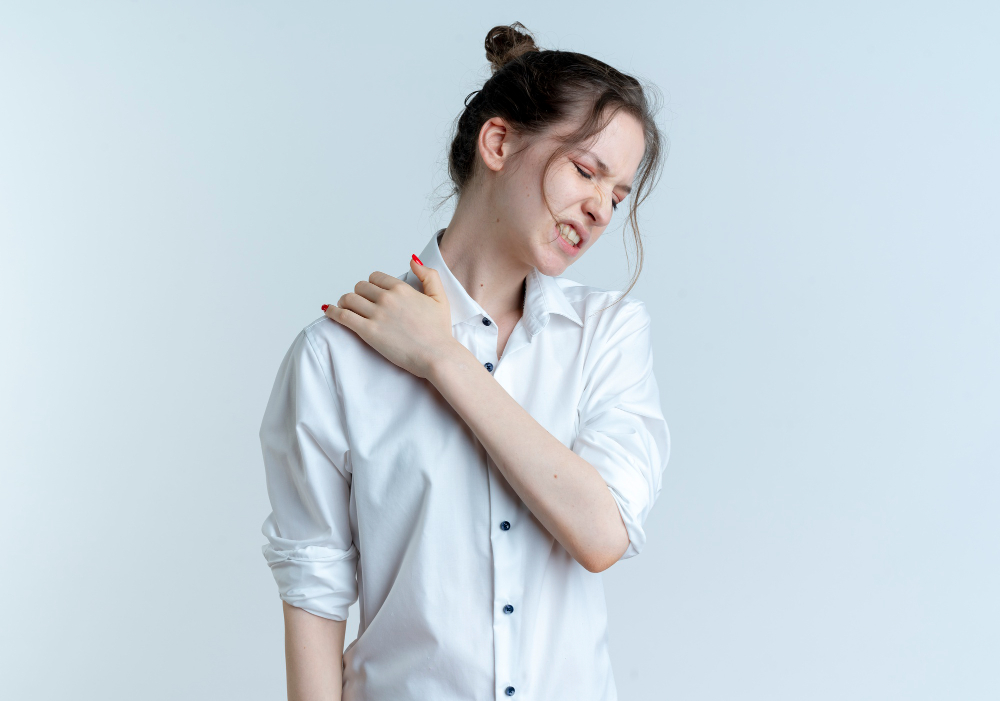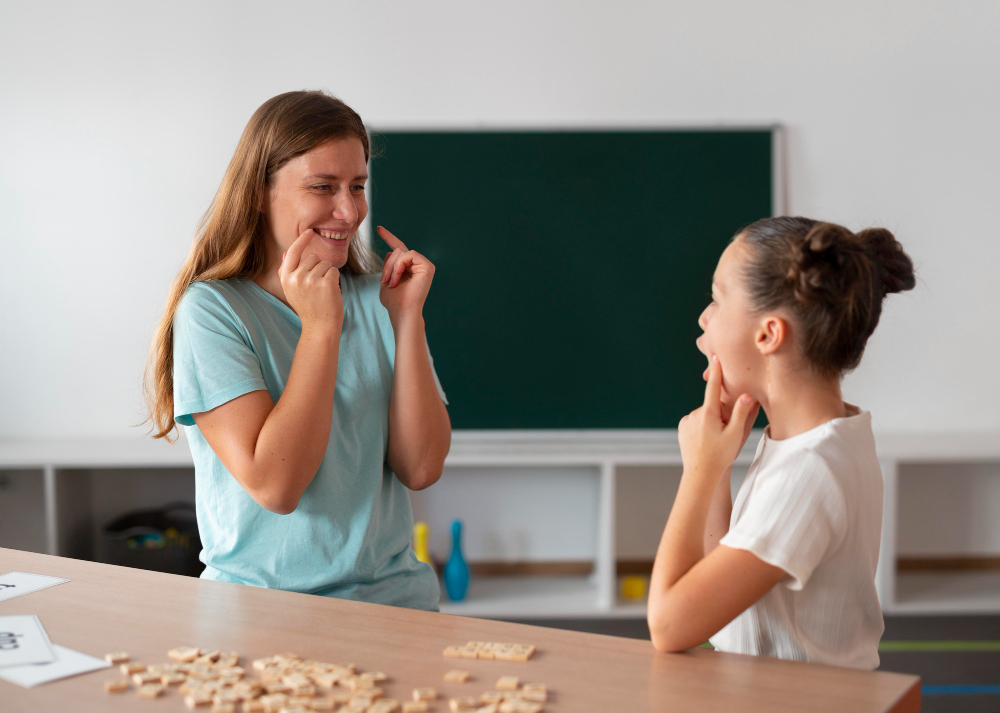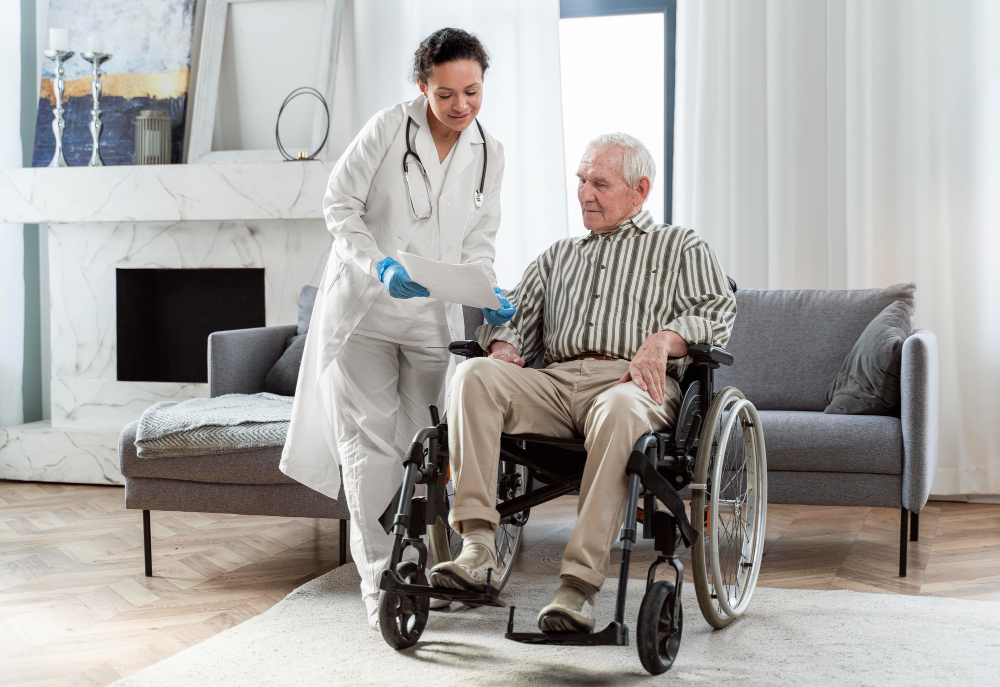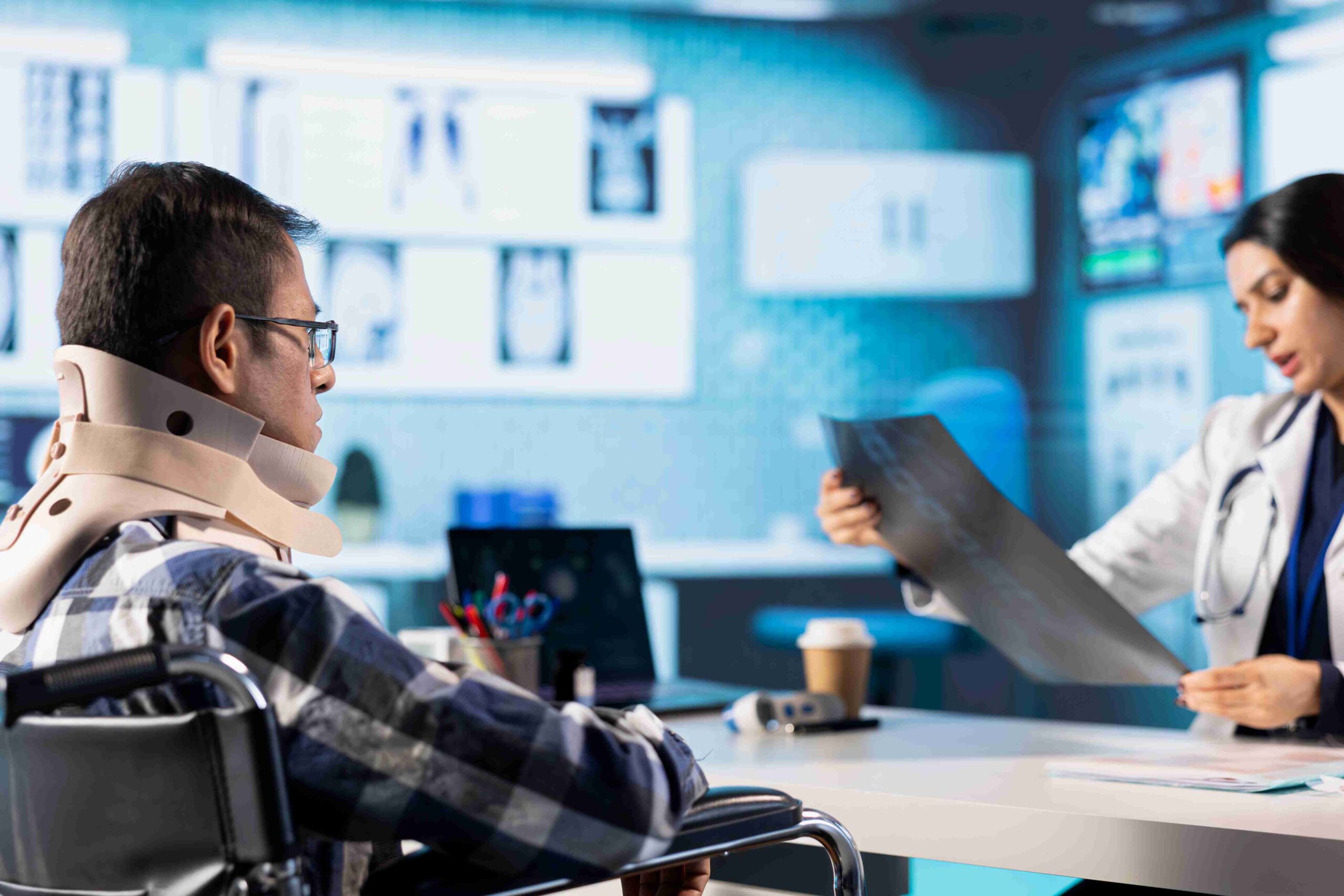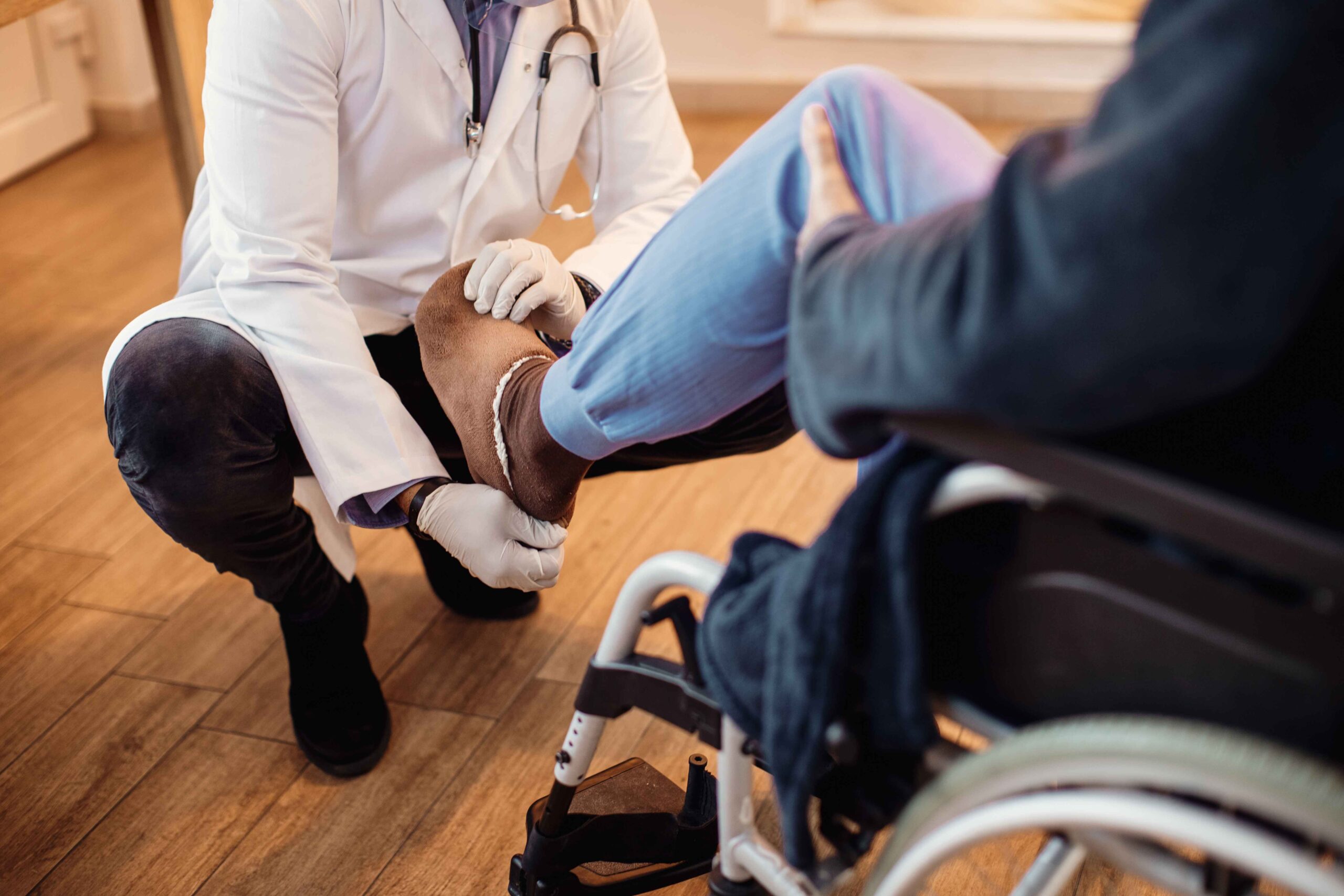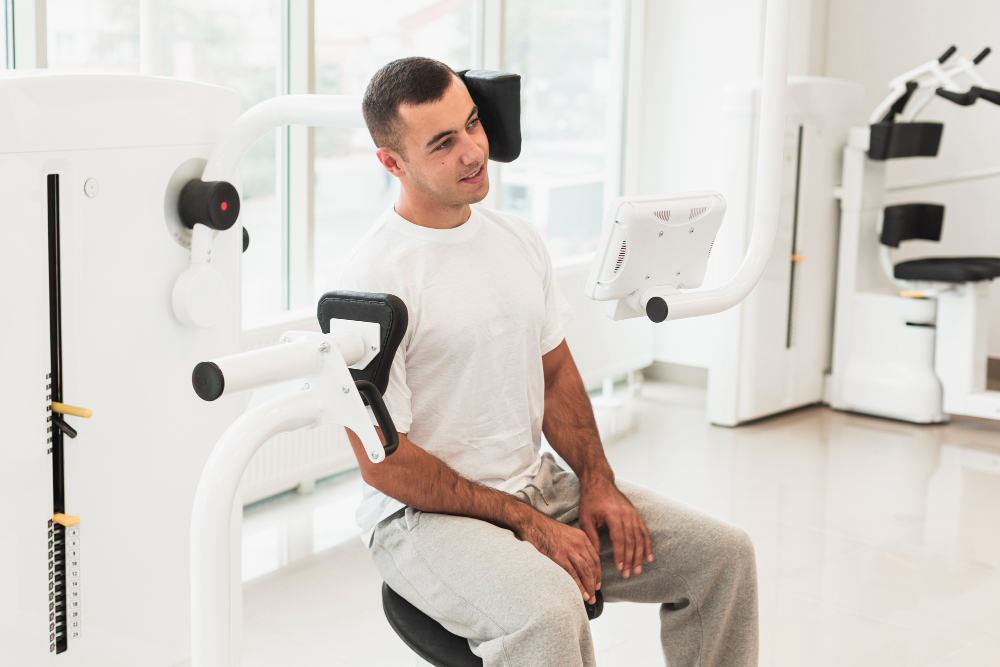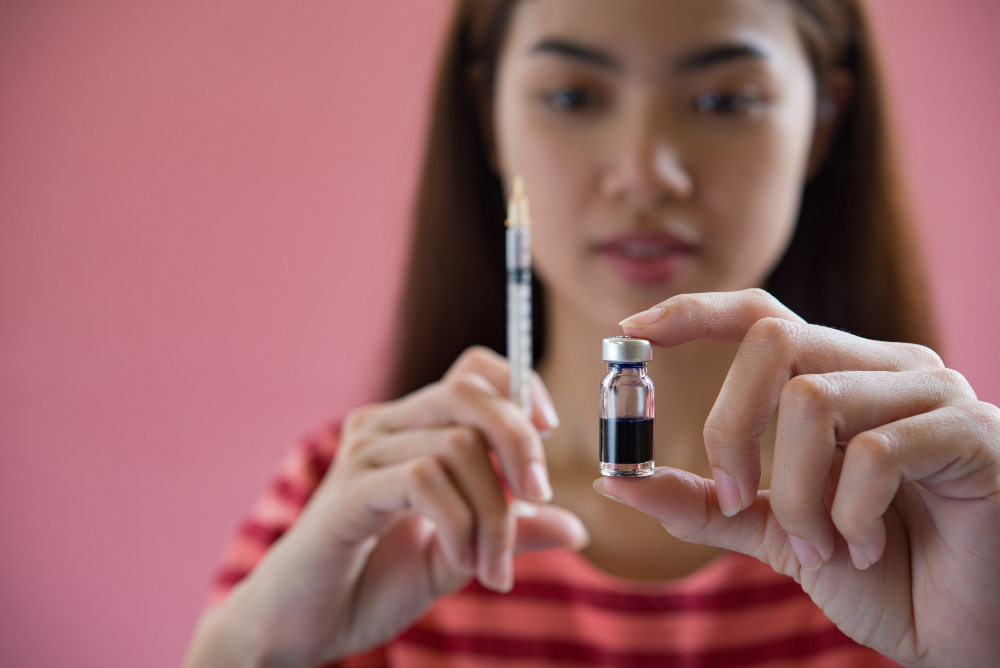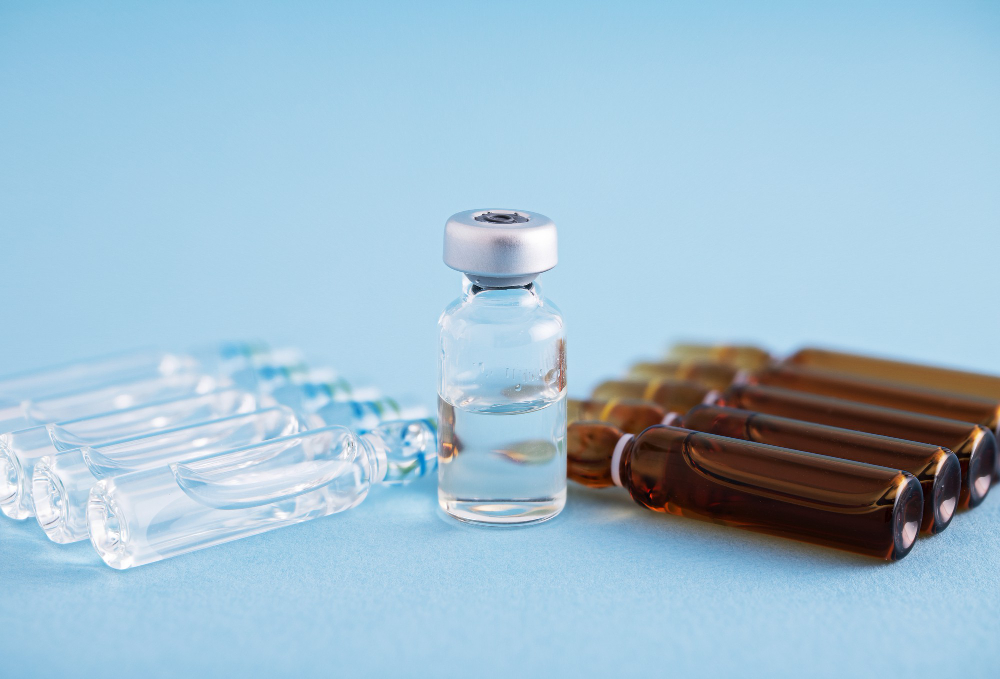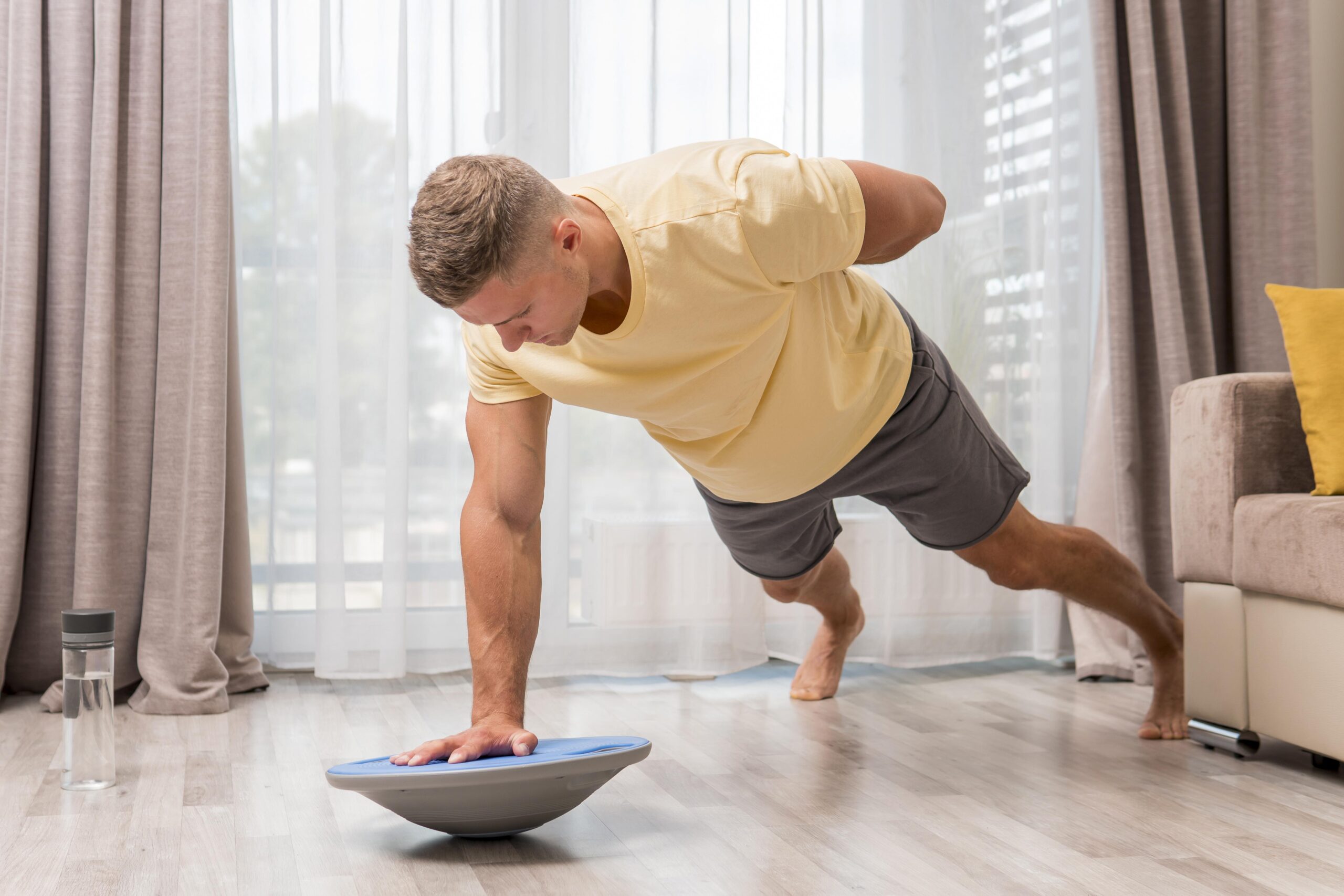
Last updated on by MRC
Balance is a foundational aspect of physical health—whether you’re recovering from an injury, managing neurological conditions, or simply improving mobility. At Medical Rehabilitation Center (MRC), we incorporate balance training as an integral part of our therapy programs to restore stability, strength, and confidence in movement. But how do we achieve that? Through scientifically designed tools and technologies tailored to every recovery stage.
Let’s explore some simple yet effective balance training equipment and understand how they function in real-time rehabilitation and physiotherapy.
What It Is:
A balance board is a flat, sturdy surface mounted on a semi-spherical base, allowing it to tilt in various directions. It’s a versatile tool commonly used in balance board physiotherapy for patients with mobility limitations, joint issues, or
post-surgical recovery.
How It Works:
When a patient stands on the board, their body must engage multiple muscle groups to stay upright. This activates the core, ankles, knees, and hips—enhancing proprioception (body awareness), stability, and strength. The wobbling motion challenges the body’s equilibrium, making it an ideal training tool.
MRC Tip:
At Medical Rehabilitation Center, we use different types of balance boards (wobble boards, rocker boards, and BOSU balls) tailored to the patient’s strength and flexibility levels.
What They Are:
These foam surfaces introduce an element of instability to otherwise static exercises. Though they seem simple, foam pads are highly effective in balance training by challenging patients to maintain posture and coordination.
How They Work:
When standing, sitting, or performing exercises on foam pads, the body must continuously adjust to micro-movements. This helps improve postural control, especially in patients with vestibular disorders or lower-limb injuries.
Why MRC Uses It:
Foam balance pads are excellent for early-stage recovery. They’re gentle, low-impact, and ideal for elderly patients or those with limited mobility.
What They Are:
A low, narrow beam—either raised or flat—is used to retrain gait, posture, and coordination.
How It Works:
Patients walk across the beam with guided support, which trains them to maintain a centered posture. It strengthens foot placement accuracy and reduces fall risk.
MRC Specialisation:
Balance beams are a core part of pediatric and stroke rehabilitation programs at MRC, where neural reconditioning and spatial awareness are critical.
What It Is:
Robot-assisted rehabilitation involves computer-guided devices that aid patients in performing repetitive, accurate movements with real-time feedback.
How It Works:
These systems adjust resistance, track performance, and even simulate natural walking or balance reactions. The robotic interface improves the accuracy of therapy, especially in patients recovering from neurological disorders like stroke, Parkinson’s, or spinal cord injuries.
MRC’s Advanced Care:
At Medical Rehabilitation Center, we integrate robot-assisted rehabilitation into our advanced care protocols to accelerate results. Our systems support both upper and lower body therapy, enabling more controlled and faster recovery.
What They Are:
These are commonly used in conjunction with other tools to build strength and improve body control during dynamic balance exercises.
How They Work:
While performing moves on a balance board or foam pad, patients may use resistance bands or medicine balls to introduce upper-body challenges. This dual focus enhances coordination between different muscle groups and improves real-world functional mobility.
At Medical Rehabilitation Center, we don’t just use tools—we create personalized recovery journeys. Our physiotherapists and rehabilitation experts assess your condition and select the right mix of balance training equipment based on your mobility level, age, and recovery goals.
From balance board physiotherapy to the latest robot-assisted rehabilitation, we ensure every session is safe, effective, and progress-oriented. Our patient-first approach and evidence-based practices set us apart as one of the most reliable medical rehabilitation centers in India.
Simple tools like balance boards, foam pads, and resistance bands may appear basic, but they are powerful allies in recovery. When combined with expert guidance and advanced technologies like robot-assisted rehabilitation, they can drastically improve balance, coordination, and overall quality of life.
